8 fantastic non-profit logos
Non-profits and charities need logos, too; here are 8 of the best.
Charities and non-profits may not have the design budgets of more profit-driven companies, but they're just as much in need of engaging branding. In fact, often more so; when you don't have a tangible product or service to catch the public's imagination, strong branding and the right logo can help put a non-profit's message across and encourage people to get involved.
Whether it's for a global operation or a small local charity, a non-profit logo design or branding project looks good in your portfolio, too, and it's a great boost for your studio's reputation. Here are eight amazing non-profit logos to fire your imagination.
01. WWF

The World Wide Fund for Nature – originally known as the World Wildlife Fund – benefits from one of the most instantly identifiable logos in the world. Its iconic giant panda logo was originally drawn in 1961 by the WWF's founder chairman, artist and naturalist Sir Peter Scott, and has been refined and simplified over the years.
In 2010 ArthurSteenHorneAdamson refreshed the WWF's brand identity with a stencil-based logo that allows designers to overlay colour and imagery on the black of the panda, making it easier for the organisation to convey its message and help people know exactly what it's about.
02. Shelter

Johnson Banks' 2004 redesign of the Shelter logo came about because the charity had almost been too successful. At the time it had largely succeeded in its original task – getting homelessness off the streets – and was concentrating on the problems of people living in housing that was unfit for human habitation. Getting that message across, however, was proving difficult.
Working with Shelter's agency, Hooper Galton, Johnson Banks developed a new communications style to keep its messaging simple, readable and authoritative. The master stroke, though, was the logo: by adjusting the 'h' in Shelter to show a pitched roof, it created an indelible association between Shelter and housing, and provided Johnson Banks with a flagship project for its portfolio.
03. Mozilla

Not all non-profits are charities. Mozilla is the company behind the Firefox browser, but few people realised that it was a non-profit that developed products and technologies designed to keep the internet growing and healthy. In 2016 it brought in Johnson Banks to change this, with a rebrand that was conducted in the open, in keeping with Mozilla's open-source focus.
Get the Creative Bloq Newsletter
Daily design news, reviews, how-tos and more, as picked by the editors.
You can see the full development process over at the Mozilla Open Design site, from Michael Johnson's first post through to the finished product. What really stands out, though, is the logo, ditching the outdated Mozilla dinosaur logo and replacing it with a wordmark that plays on the http:// protocol to create a design that is clearly internet-related. It's simple and incredibly effective.
04. Cancer Research UK
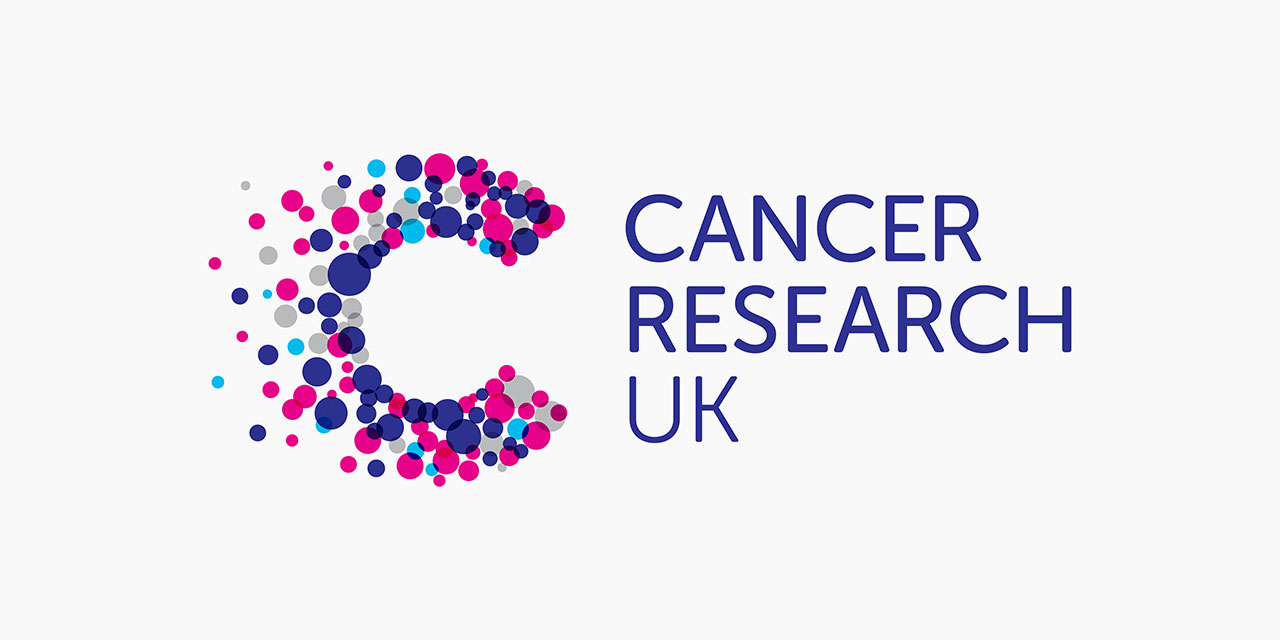
A good modern logo needs to be fairly simple, not just so that it can be easily recognised, but also so that it can scale elegantly. Sometimes it pays to break the rules, though; you could never accuse InterBrand's 2012 redesign of the Cancer Research UK logo as being simple.
Made up of multicoloured dots designed to embody the collective nature of Cancer Research UK's mission and supporters, the logo's part of an identity refresh aimed at building awareness of the charity's aims and achievements. And while you could never draw the logo exactly from memory, its striking palette of purple, magenta, grey and white sticks in the mind, and is used across its brand messaging to provide an instant visual touchstone.
05. Oxfam
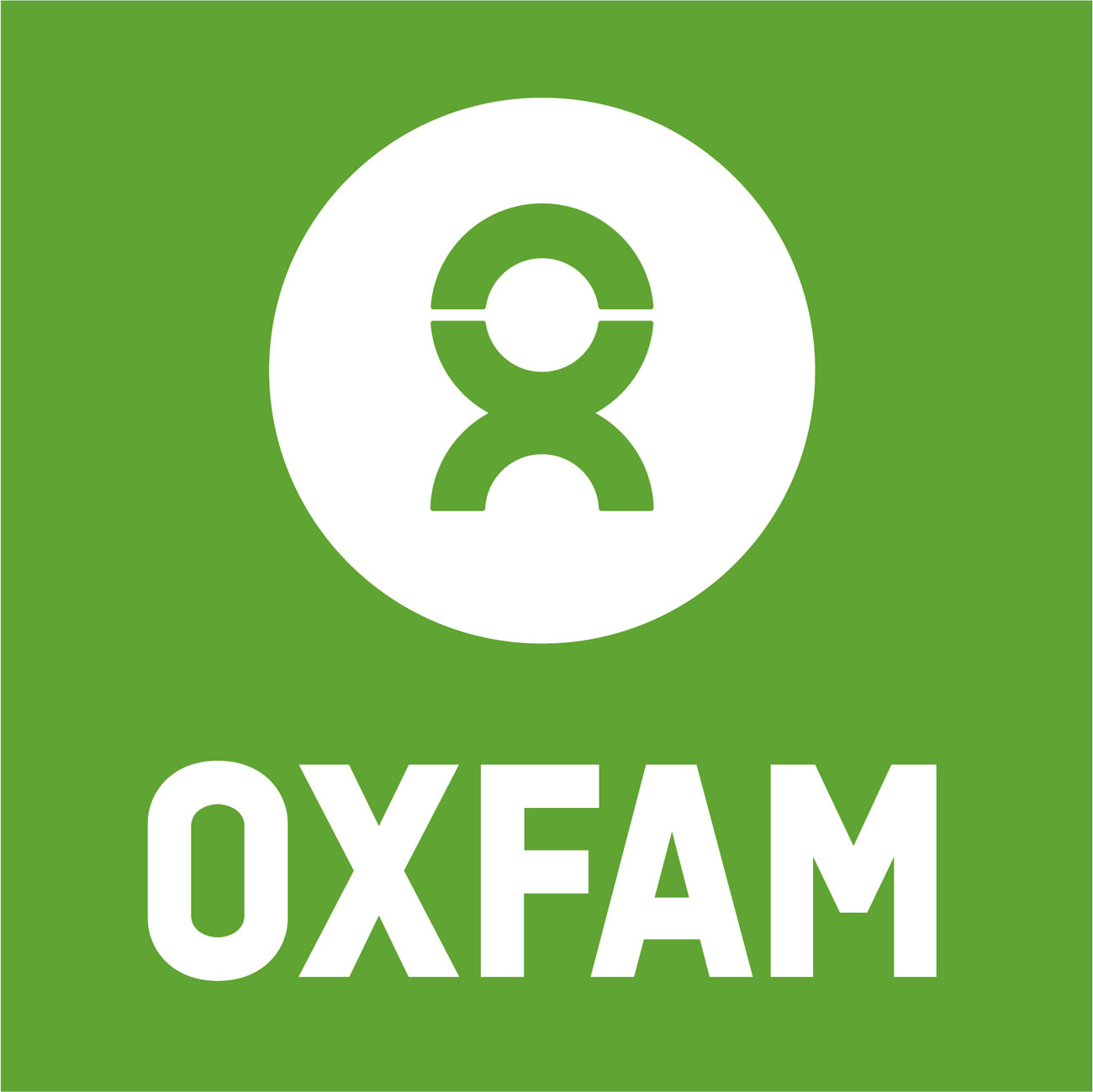
Founded in 1942, Oxfam didn't have a single visual identity for 70 years. It operated as an international confederation made up of multiple organisations, each with its own branding, which worked perfectly well for many years. More recently, however, the need for a unified global identity became apparent, and a team at Wolff Olins, led by Marina Willer, now a partner at Pentagram, created a rebrand that could be used by all 15 Oxfam organisations across 90 countries.
Aiming for a logo that's both visionary and practical, Willer's team also needed to make something that worked internationally and didn't feel Western. It left Oxfam's 'OX' logo largely untouched, but combined it with a capitalised wordmark, complete with new fonts and colour palettes. The result is an identity that looks the same whether you see it in a Manchester shop window or on a leaflet printed in Mexico.
06. PBS
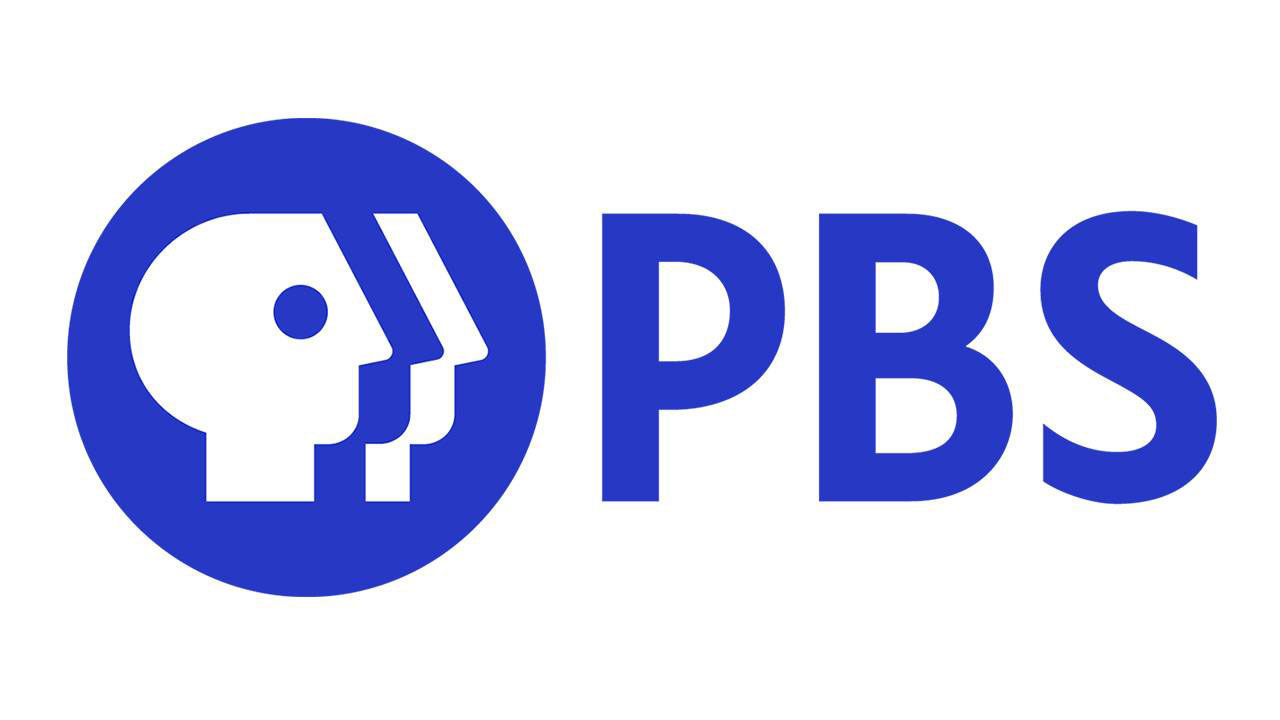
Tom Geismar of CGH designed the PBS logo as we know it back in 1984, taking the 'P' – a stylised man facing left – from Herb Lubalin's original three-letter logo, turning it to face the other way and layering it to turn it from one man to everyone, representing the idea of public television.
It's a strong look, and with an audience of over 146 million people it's one that you mess with at your peril. But that hasn't stopped PBS from refreshing the logo; two years ago it brought in Lippincott to update the design, and the results are being rolled out now. It's still that unmistakable Geismar design, but with a friendlier rounded tip to the nose; along with the updated logo there's a custom typeface, PBS Sans, and a new signature colour called, of course, PBS Blue.
07. Red Cross
There aren't many logos that are protected under the Geneva Conventions; in fact the Red Cross logo is the only one we can think of right now. Recently an Australian TV show got in trouble for using a logo that was just a little too close to that of the Red Cross, and was forced to change it.
Designed as an inversion of the Swiss flag and dating back to 1864, the Red Cross – along with the Red Crescent and Red Crystal – is a symbol of protection, and international law protects anyone wearing it, as well as buildings and transport that displays it. Extremely simple and easy to see, it's one of the most recognisable symbols on the planet.
08. British Heart Foundation
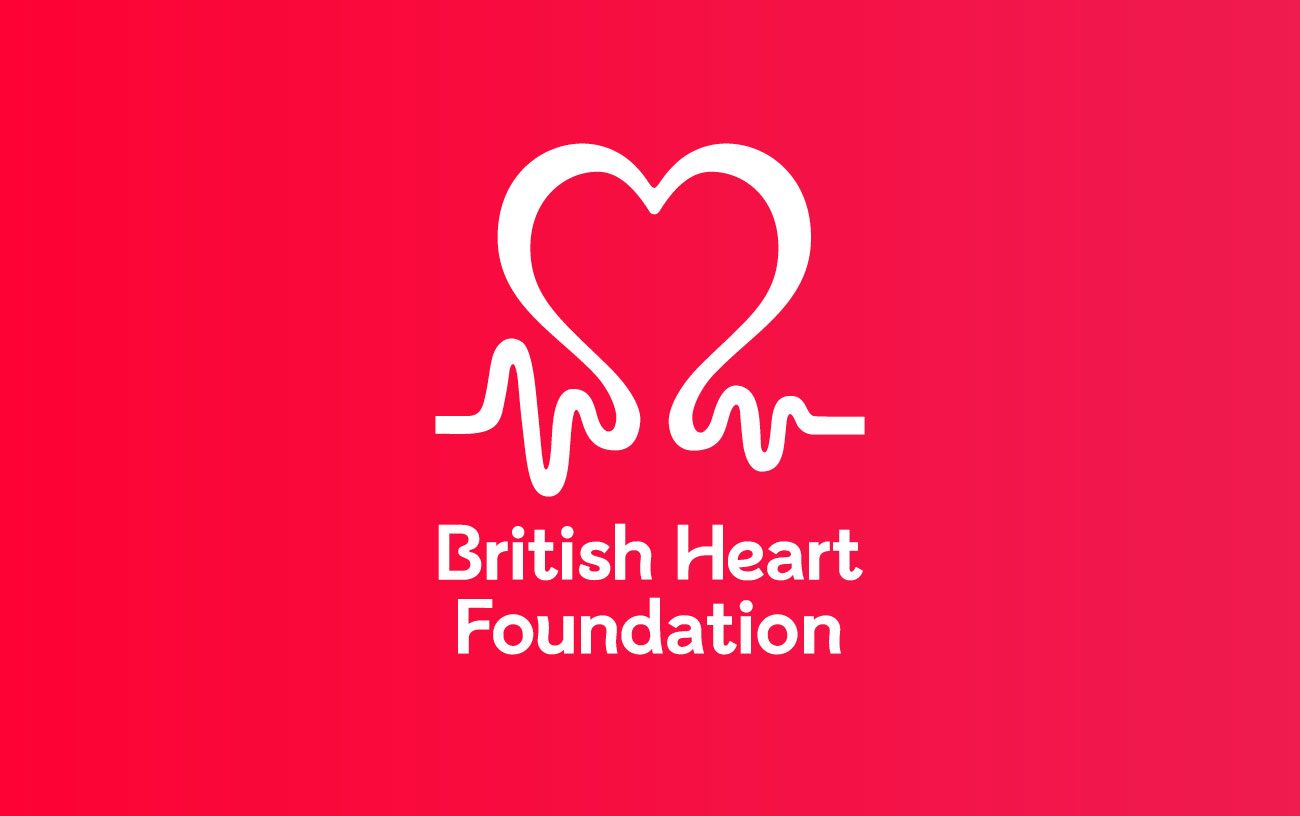
The British Heart Foundation's 'Heartbeat' logo was originally designed in 1971 by Sheila Harrison, one of the BHF's regional organisers, and it's one that's stood the test of time. Combining a heart and a heartbeat waveform into a single line, it's a beautifully simple logo that does the job perfectly.
And so when Wolff Olins was brought in to refresh the brand in 2018, it wisely left the logo well alone and worked around it, commissioning a custom typeface – BHF Beats by F37 – as well as icons and imagery that were inspired by the logo's pulsing and flowing motion. Along with a new slogan – 'Beat heartbreak forever' – it all adds up to a fresh look that complements one of the UK's best-known logos.
Related articles:

Thank you for reading 5 articles this month* Join now for unlimited access
Enjoy your first month for just £1 / $1 / €1
*Read 5 free articles per month without a subscription

Join now for unlimited access
Try first month for just £1 / $1 / €1
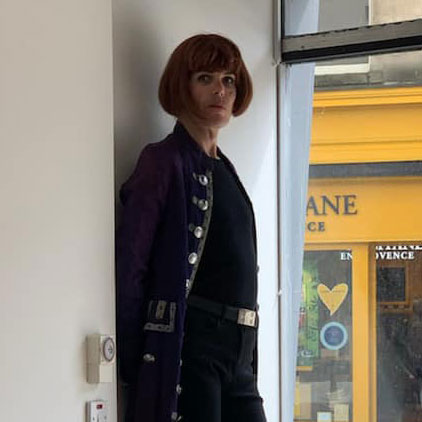
Jim McCauley is a writer, performer and cat-wrangler who started writing professionally way back in 1995 on PC Format magazine, and has been covering technology-related subjects ever since, whether it's hardware, software or videogames. A chance call in 2005 led to Jim taking charge of Computer Arts' website and developing an interest in the world of graphic design, and eventually led to a move over to the freshly-launched Creative Bloq in 2012. Jim now works as a freelance writer for sites including Creative Bloq, T3 and PetsRadar, specialising in design, technology, wellness and cats, while doing the occasional pantomime and street performance in Bath and designing posters for a local drama group on the side.
